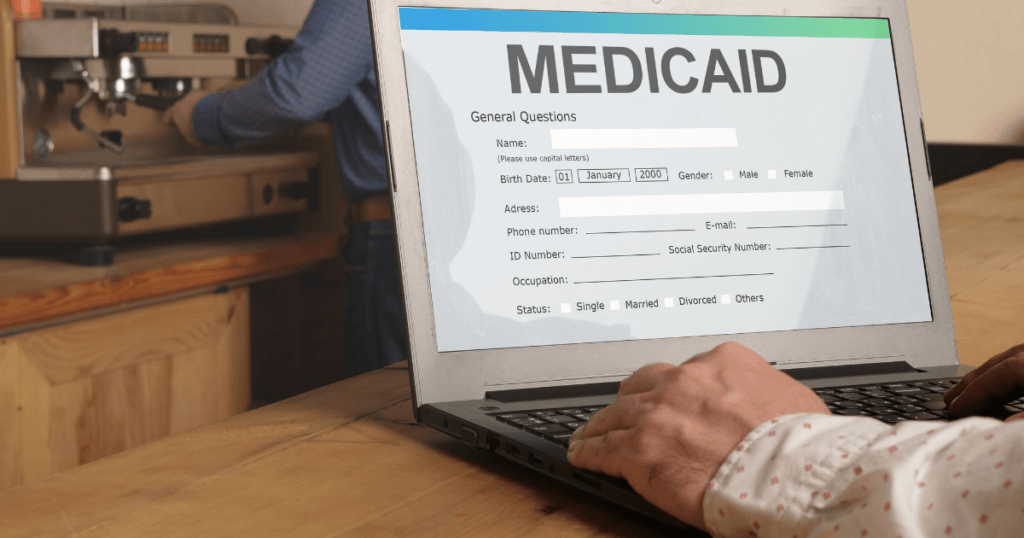Navigating the complexities of Medicaid coverage can often be a daunting task. This is especially true when it comes to ensuring accessibility for those with disabilities. If you’re wondering if Medicaid covers wheelchair ramps, the answer can significantly impact your mobility at home. Are Wheelchair Ramps Covered by Medicaid? Medicaid does cover wheelchair ramps in certain cases, but you must meet specific eligibility criteria.
Medicaid coverage for wheelchair ramps typically hinges on medical necessity. For example, your doctor might need to provide documentation that the ramp is essential for your daily living activities. This often involves assessments and approval processes that vary by state. So, it’s important to understand local requirements.
Beyond Medicaid, other financial assistance programs and alternatives are available to help you install a wheelchair ramp. These can include grants, charitable organizations, and even local government programs aimed at improving accessibility for individuals with disabilities.
Are Wheelchair Ramps Covered by Medicaid?-Key Takeaways
- Medicaid may cover wheelchair ramps if deemed medically necessary.
- Understanding your state’s specific requirements is crucial.
- Other financial assistance programs can offer additional support.

Eligibility and Coverage for Wheelchair Ramps Under Medicaid
Medicaid can help cover wheelchair ramps through specific programs and waivers. These programs aim to support disabled individuals by improving home accessibility.
Understanding Medicaid and Home Modifications
Medicaid offers benefits that may cover home modifications like wheelchair ramps. These changes can make homes safer and easier to live in for people with disabilities or chronic illnesses.
Home and Community-Based Services (HCBS) programs often include support for such modifications. These programs help people stay in their homes instead of moving to long-term care facilities.
Medicaid Waivers and Home Accessibility
Medicaid Waivers are special programs that let states provide additional services. They can help with home modifications, including wheelchair ramps.
Each state offers different types of waivers, so check what’s available in your area. Home and Community-Based Services (HCBS) waivers often cover home accessibility improvements.
Veterans may also have access to special waivers that include modifications to their homes. It’s crucial to look into these options.
Qualifying Conditions for Coverage
To qualify for wheelchair ramp coverage, you need to have a disability or chronic illness that impacts your Activities of Daily Living (ADLs). Income is another key factor. Medicaid often helps those with limited financial resources. Disabled individuals might also qualify based on specific medical conditions.
Medicaid recipients should check if they meet the criteria for long-term care services. Some Medicare Advantage Plans may offer additional home modification benefits, so it’s also worth exploring these options.

Financial Assistance Programs and Alternatives
Financial assistance for wheelchair ramps comes from various sources. These can include Medicare, nonprofit organizations, and specific loans or grants.
Medicare and Durable Medical Equipment
Medicare can help with some costs related to wheelchair ramps. Medicare Part B may cover Durable Medical Equipment (DME), sometimes including ramps if deemed medically necessary. Check with your doctor and Medicare Advantage Plans for specifics on coverage.
Whether ramps qualify as DME can vary by case. Always consult with Medicare or your healthcare provider to confirm eligibility and coverage details.
Non-Medicaid Funding Options
There are other funding options besides Medicaid. Some local charities and nonprofit organizations offer assistance. Programs like Money Follows the Person can help low-income seniors transition from nursing homes to private homes with necessary modifications.
Private homeowners might consider a reverse mortgage to fund ramp installations. This option allows homeowners to borrow against the value of their home, but it’s important to consider the terms and long-term impacts carefully.
Loans and Grants for Home Modification
Loans and grants are available to help with home modifications. Elder Care Loans can provide funds specifically for aging-in-place needs, including ramps. These loans have various terms and may require collateral.
Grants are often available through local governments and nonprofits. Eligibility may depend on factors like income and disability status. Checking with local resources can uncover available programs tailored to your needs.

Planning and Implementing Wheelchair Ramp Installation
Making sure your home is accessible means effectively planning and installing a wheelchair ramp. Let’s examine how to assess your specific needs, choose the right ramp, and ensure it’s safely installed.
Assessing Home Accessibility Needs
Start with a home evaluation to identify where a ramp is needed. Look at entrances, exits, and main areas such as the bathroom.
An occupational therapist can help determine the best places for ramps or other modifications, such as grab bars and handrails. Fall prevention is a key consideration.
Consider your mobility devices. Measure the width and height of stairs and doorways. This information is crucial for deciding on the right ramp dimensions.
Choosing the Right Wheelchair Ramp
Wheelchair ramps are made of wood, aluminum, or steel. Your choice depends on budget, durability, and aesthetics.
You might need different types of ramps for different locations. Portable ramps are good for temporary use, while modular ramps are good for permanent use.
Consult with a professional or contractors to ensure the ramp meets all safety standards. To increase your independence, consider additional assistive technologies like automatic door openers.
Installation Process and Safety Considerations
Ensure the ramp is installed on a stable surface and has handrails on both sides. Proper construction techniques are vital to prevent injuries.
Ramps should have a gentle slope. The recommended ratio is 1:12, meaning 1 inch of rise for every 12 inches of ramp.
Always consider weather conditions in your area. If you live in a rainy or snowy region, opt for materials and designs that provide non-slip surfaces.
For more complex needs, like multiple steps or high stairs, consider wheelchair lifts or stairlifts. These may offer better accessibility and safety.
Hire experienced contractors to ensure that all physical modifications meet local building codes and are safely executed. Safe installation prevents accidents and improves daily life.

Wrapping Up
Medicaid coverage for wheelchair ramps depends on several factors, including your state and your individual needs.
Key Points:
- State Variability: Medicaid programs vary by state. Some may cover ramps, while others may not.
- Medical Necessity: Ramps are more likely to be covered if deemed medically necessary.
- Prior Authorization: You might need prior authorization. Check with your healthcare provider.
Tips:
- Consult with Medicaid: Always check with your local Medicaid office for specific details.
- Talk to Your Doctor: Get a prescription if needed to prove medical necessity.
- Explore Alternatives: If Medicaid doesn’t cover ramps, consider other funding sources, such as grants or local programs.
Frequently Asked Questions
Medicaid and other assistance programs may help cover wheelchair ramp costs. Here are answers to some common questions.
Do any health insurance policies cover the cost of wheelchair ramps?
Some private health insurance policies cover wheelchair ramps. It depends on your specific plan and insurance provider. Check your policy details or contact your insurer for more information.
Can Social Security benefits be used to finance a wheelchair ramp?
Social Security benefits can sometimes be used to help finance a wheelchair ramp. Supplemental Security Income (SSI) might assist in covering such expenses. Contact the Social Security Administration for guidance on how to use these benefits.
